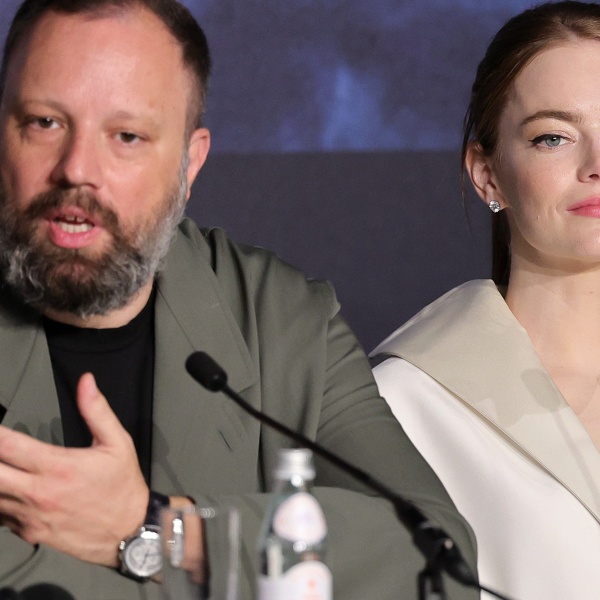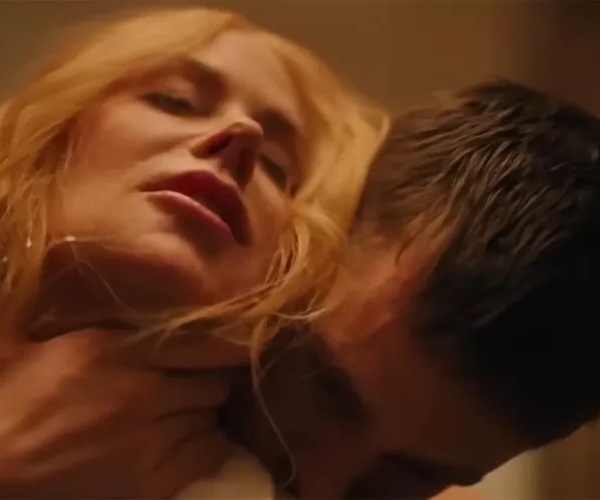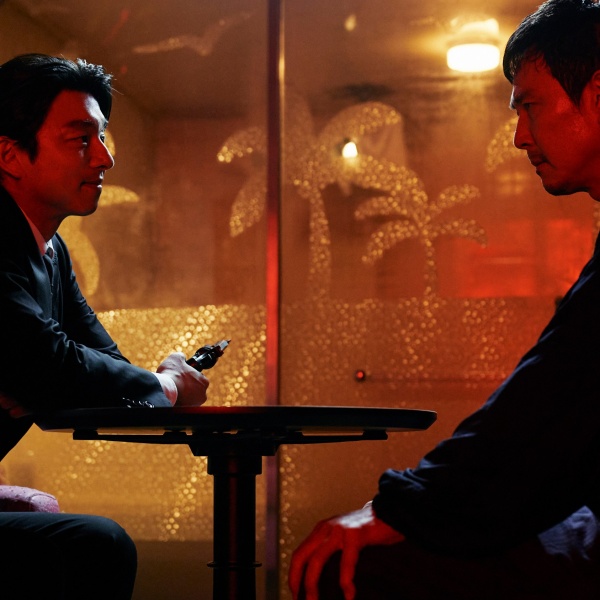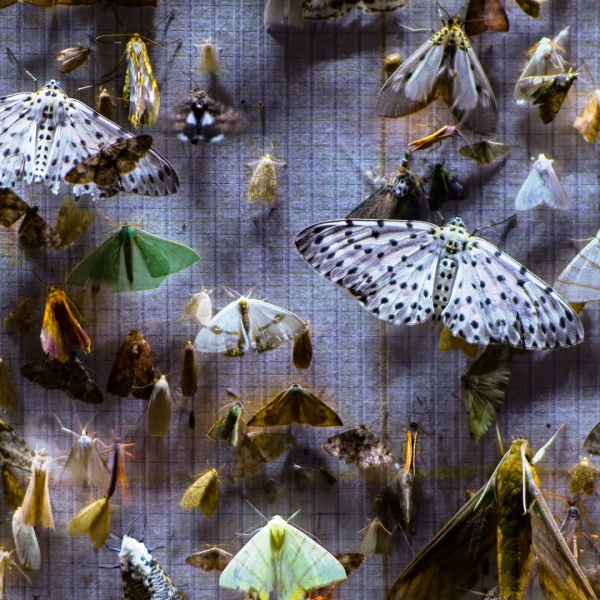Angel Studios‘ “Sound of Hope: The Story of Possum Trot” tells the true story of a small Texas town where, led by the example of a local pastor and his wife, the locals adopted 77 of the hardest to place foster care children and orphans in the area’s foster care system. The fact that it’s the story of an entire community meant that costume designer Ellen Falguiere had a daunting task for the modestly budgeted independent film: creating over 400 costumes, each of which had to serve a storytelling purpose. “We wanted each costume to really reflect what’s happening in the story with that character,” director Joshua Weigel told IndieWire.
To that end, each of the foster children had clothes that subtly traced their arc from abandonment to adoption. “I started out with the clothing reflecting the sadness and neglect of the situation,” Falguiere told IndieWire. “The clothes were either too big or too small, and dirty, and old. Then, when they get adopted, they might not be rich kids but the clothes are clean. It’s a brighter color palette.” That said, the filmmakers were always careful never to go too far in an overly vibrant direction.
“It was important that this not have a simplistic approach to hope and redemption,” Weigel said. “We wanted to feel light and hope, but not lose sight of the fact that this is going to be a struggle. The stories of these kids are hard, and these people did hard things.” Weigel’s desire to be honest about the challenges faced by the foster kids and their adoptive parents led Falguiere to work with somewhat muted colors that would brighten as the film progressed but never veer into overly sentimental territory — even as the film ends on a note of hope, it’s not romanticized.

This was in keeping with Weigel’s intention to honor the reality of the people whose lives he was depicting, as was an attempt to avoid the usual clichés of period costuming. “I think sometimes you can get too pegged to an era,” Weigel said, noting that he wanted “Sound of Hope” to be authentic to the 1990s yet convey a sense of timelessness. “Ellen and I worked together to find things that were faithful to that time but that also could be a little broader. We talked about the fact that the people in this community wouldn’t necessarily go out and buy new clothes every season. They may have stuff in their closet from a couple of decades ago.”
Falguiere found inspiration in the real town of Possum Trot. “There are no big department stores there. A lot of these clothes were maybe coming from secondhand shops. So it was important to backdate a little bit.” Falguiere scoured the thrift shops of Macon, Georgia, and referenced photographs of the Martin family whose story forms the center of “Sound of Hope.” “There was a group photograph of the Martins surrounded by kids,” Falguiere said. “They were in church and there were probably a hundred kids. I just wanted to incorporate that mood and feeling throughout the movie.”

Falguiere’s ability to maintain a consistent visual language while also finding specific looks for each character — like the more colorful church clothes the Martins wear that indicate both the depth of their religious beliefs and their sense of personal style — is the film’s secret weapon when it comes to giving detail and variety to the ensemble. “That was always one of the biggest challenges to writing it,” Weigel, who wrote the script with his wife and co-producer, Rebekah Weigel, said. “There are 77 kids and 22 families. That’s over a hundred characters, and while you need to hone in on a storyline that supports that, you can’t lose sight of the overall community because they’re the reason we’re drawn to this story.”
Like Weigel, Falguiere was drawn to the story by its potential to inspire concrete activism and positive change in the foster care system. “I’ve done a lot of commercial movies and popular movies, like ‘Bad Boys II’ and ‘Horrible Bosses,’” Falguiere said, “but I’ve never done anything like this before, that gives you the opportunity to be part of a movement and a cause. I really wanted to be a part of it because of the message about the foster care system and its crisis. I just thought it was really important and I feel blessed to have been a part of it.”




